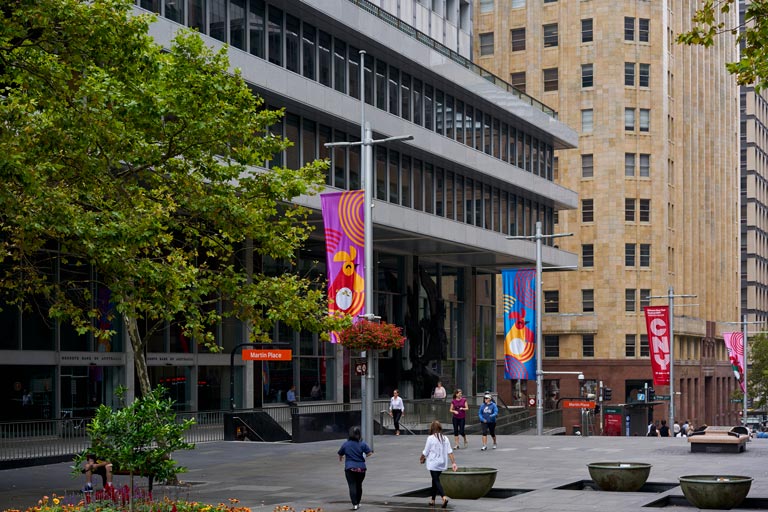A number of interesting comments were contained in the RBA minutes for July, released today. Bank margins are increasing, and the next move in the cash rate is more likely up, not down (though complicated by exchange rates).
 There was a decline in dwelling investment, a rise in household spending in April, after a fall in the first quarter, and a rotation from investment lending to owner occupied lending. The underemployment rate, which measures the number of part-time workers wanting to work more hours, had remained elevated.
There was a decline in dwelling investment, a rise in household spending in April, after a fall in the first quarter, and a rotation from investment lending to owner occupied lending. The underemployment rate, which measures the number of part-time workers wanting to work more hours, had remained elevated.
“Auction clearance rates in Sydney and Melbourne had softened recently, suggesting that conditions in these markets had eased somewhat. Housing prices in Perth and apartment prices in Brisbane had fallen further. Members noted that there had been several periods in the preceding decade in which housing prices had fallen, or growth had slowed significantly, in different parts of the country”.
“Members discussed trends in the composition and cost of Australian banks’ funding. Deposits, which are generally a relatively low-cost form of funding, had increased as a share of funding over recent years, to around 60 per cent, while the share of debt funding, particularly at short maturities, had declined. The cost of both types of funding had declined further since late 2016. Members noted that, over the same period, banks’ lending rates had increased slightly, driven by increases in housing lending rates for investors and on interest-only loans. As a result, the implied spread between the estimated average outstanding lending and funding rates for banks was estimated to have increased slightly”.
“Members discussed the Bank’s work estimating the neutral real interest rate for Australia. The various estimates suggested that the rate had been broadly stable until around 2007, but had since fallen by around 150 basis points to around 1 per cent. This equated to a neutral nominal cash rate of around 3½ per cent, given that medium-term inflation expectations were well anchored around 2½ per cent, although there is significant uncertainty around this estimate. Members noted that some of this decline could be attributed to lower potential output growth, but the increase in risk aversion around the time of the global financial crisis was likely to have been a more important factor, given that the bulk of the decline in the estimated neutral real interest rate had occurred around that time. Estimates of neutral real interest rates for other economies had shown a similar decline. All estimates of the neutral real interest rate for Australia suggested that monetary policy had been clearly expansionary for the preceding five years or so. It was also noted that a reduction in risk aversion and/or an increase in the potential growth rate could see the neutral real interest rate rise again”.
“The pipeline of residential construction was expected to support dwelling investment over the forecast period. The economic outlook continued to be supported by the low level of interest rates. The depreciation of the exchange rate since 2013 had also assisted the economy in its transition following the mining investment boom. An appreciating exchange rate would complicate this adjustment“.
Given the recent strength of the dollar, this could put the cat among the pigeons!
